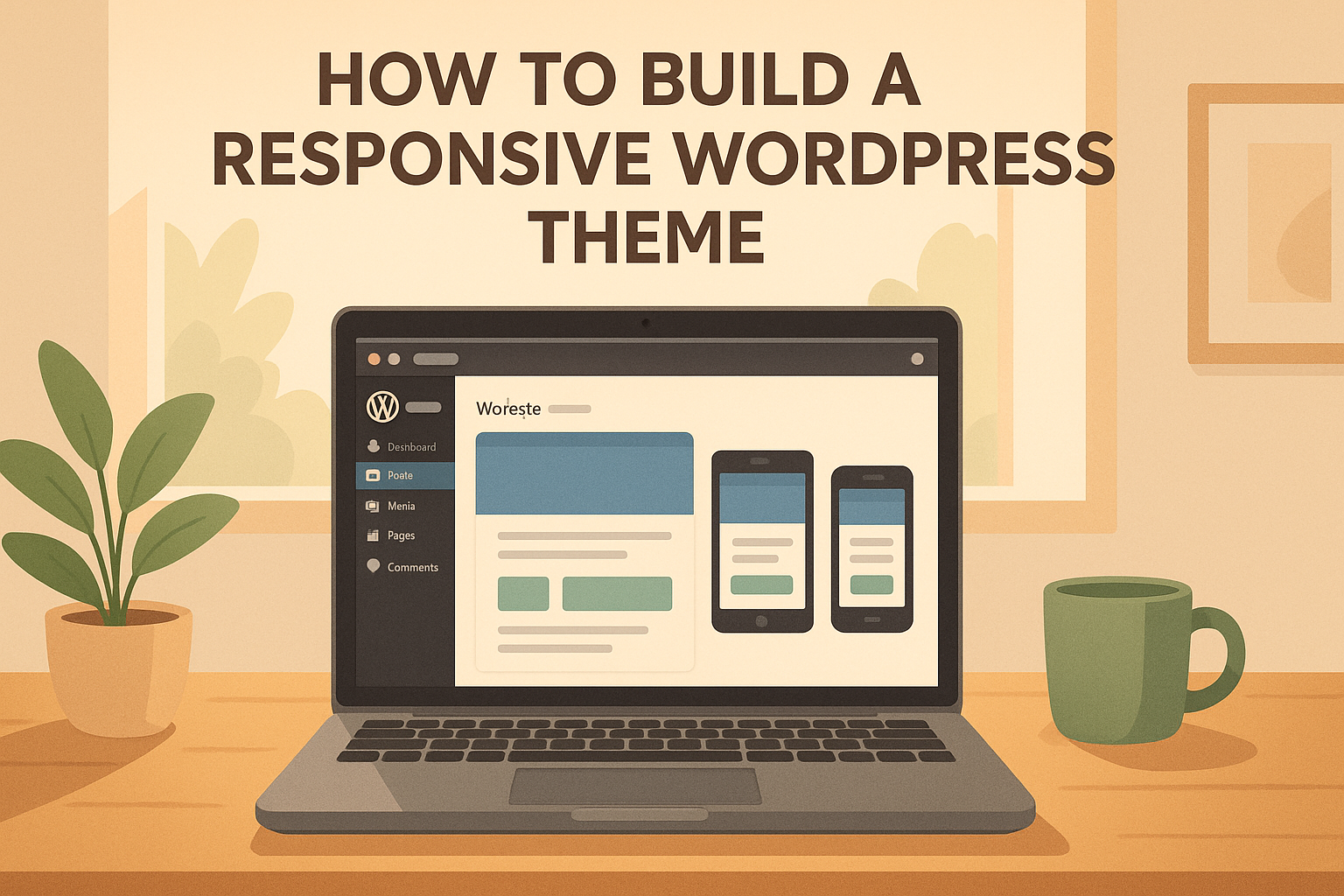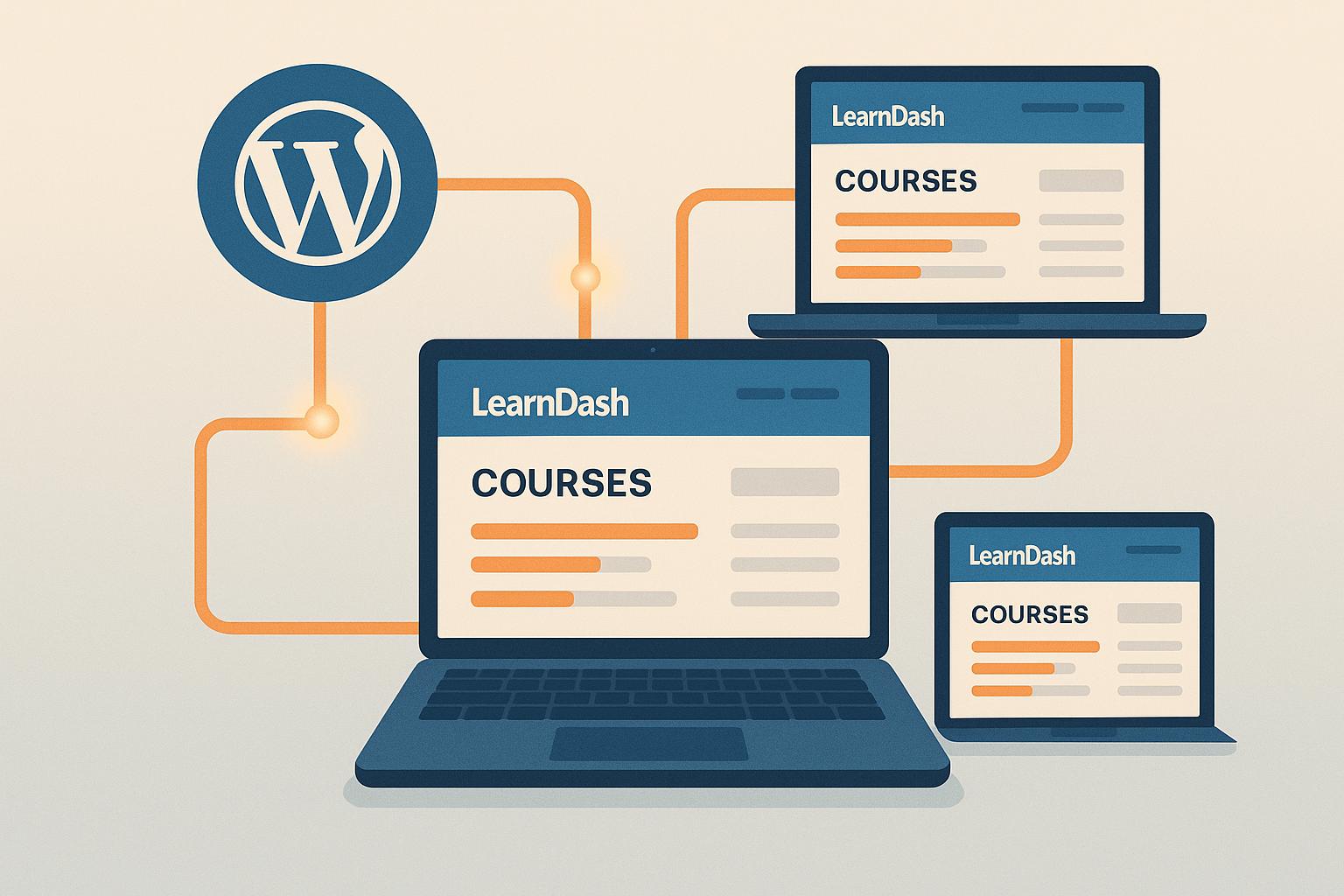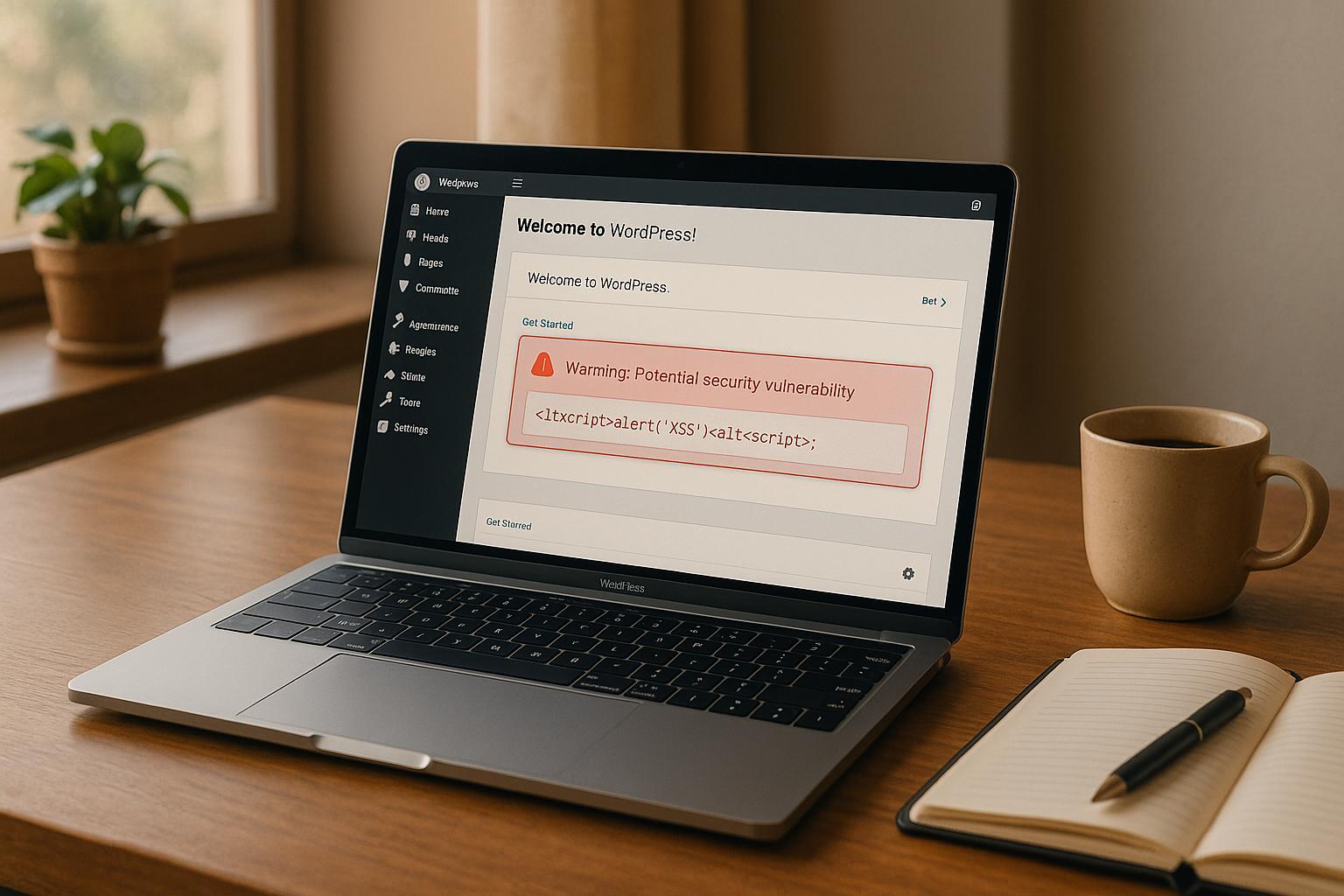Traditional content management systems (CMS) have long been the backbone of website and application development. However, as digital ecosystems become increasingly complex, a new paradigm has emerged: the headless CMS.
A headless CMS decouples the back-end content repository from the front-end presentation layer, enabling greater flexibility and scalability in how content is delivered across various platforms.
But with all the buzz surrounding headless CMS platforms, the question remains: are they truly worth the hype?
Whether you’re a seasoned developer, a content manager, or a business owner considering a digital transformation, this guide will help you navigate the world of headless CMS and make an informed decision.
What Is a Headless CMS?
A headless CMS, or headless content management system, is a back-end-only content management system that serves as a content repository. This means content is accessible via an API (Application Programming Interface) for display on any device or front-end framework.
Unlike traditional CMS platforms, which couple the back-end (where content is created and managed) with the front-end (where content is displayed), a headless CMS decouples these two components.
Key Features of a Headless CMS
- Decoupled Architecture: The content management and storage functions are separated from the presentation layer. Content can be delivered to any device or application via APIs, allowing for more versatile content distribution.
- API-First Approach: Headless CMS platforms typically provide robust APIs (e.g., RESTful, GraphQL) for retrieving and managing content. This allows developers to fetch content and render it using any front-end technology, such as React, Angular, or Vue.js.
- Content Repository: A headless CMS acts as a centralised repository where content is stored and managed. This enables content editors to create, edit, and organise content independently of how it will be displayed.
- Omnichannel Delivery: Content can be easily delivered across multiple channels, such as websites, mobile apps, IoT devices, and digital signage. This ensures a consistent user experience across all touchpoints.
Key Benefits of Headless CMS
Let’s look at some of the benefits of switching to a headless CMS.
- Flexibility and Customisation: Developers have the freedom to choose the best front-end technology for their specific needs, allowing for a more innovative and customised user experience.
- Scalability: Because the front-end and back-end are decoupled, scaling the system to handle increased traffic or additional platforms is easier and more efficient.
- Future-Proofing: A headless CMS allows for easier integration with new technologies and platforms, making it more adaptable to future changes and trends.
- Performance: Since content can be delivered via fast, modern front-end frameworks and CDNs (Content Delivery Networks) performance is improved.
- Security: A headless CMS also offers enhanced security as the content management system is not directly exposed to the front-end, reducing potential attacks.

Common Uses for a Headless CMS
A headless CMS is most often used in the following situations:
eCommerce
A headless CMS can easily be integrated into various eCommerce platforms and services. It allows for a more personalised shopping experience across both web and mobile platforms. The result is a more memorable user experience and a potential increase in sales.
Xlash is one example of an eCommerce brand that utilises headless CMS. It enables them to manage all content from one place across all languages and sites. According to StoryBlok, Xslash was able to double its organic traffic, with 90% of visitors stemming from mobile.

Mobile Applications
A significant amount of traffic stems from mobile devices, so providing a superior experience is essential. A headless CMS ensures consistent content delivery and an enhanced user experience across web and mobile applications. It also increased the speed of development cycles and updates.
Privilee is a gym membership app that uses headless CMS to distribute content to its mobile (Android and iOS) applications and dynamically update the messaging on its landing page.

IoT and Emerging Technologies
There are well over 14 billion IoT devices connected around the globe, a number that is set to increase to 25.44 billion IoT devices by 2030. A headless CMS supports content delivery to a wide range of connected devices, from smart speakers to wearable tech, facilitating innovative user interactions.
Headless CMS Challenges and Considerations
While headless CMS platforms offer numerous benefits, they also come with their own set of challenges and considerations that businesses need to be aware of before making the switch.
Some of the most common challenges include:
- Steeper Learning Curve for Developers: Transitioning from a traditional CMS to a headless CMS requires developers to learn new concepts, tools, and workflows. They need to be proficient in API usage and understand the architecture of decoupled systems.
- Content Editors’ Adaptation: Content editors might find it challenging to adapt to the new system, especially if they are accustomed to a traditional CMS with a WYSIWYG (What You See Is What You Get) editor that directly reflects changes in the front-end.
- Higher Upfront Costs: Implementing a headless CMS can involve higher initial costs due to the need for custom front-end development and integration.
- Ongoing Maintenance: Continuous updates and maintenance of both the back-end and front-end components can lead to higher long-term costs compared to a traditional CMS where updates are more straightforward.
- Complete Customisation Required: While this offers flexibility, it also means that the responsibility for developing and maintaining the front-end falls entirely on the development team. This can increase the workload and require more specialised skills.
- API Security: Ensuring the security of APIs is crucial as they become the primary means of accessing and managing content. This includes implementing authentication, authorisation, and data encryption.
- Front-End Security: With a decoupled architecture, additional measures are needed to secure the front-end applications, including securing communication between the front-end and back-end systems.
Is Headless CMS Right for Your Business?
Determining whether a headless CMS is the right choice for your business involves a thorough evaluation of your current needs, future goals, technical capabilities, and resources. Here are a few questions to consider:
What Is the Size of Your Business?
Larger businesses with complex content delivery needs across multiple channels may benefit more from a headless CMS. Smaller businesses with simpler requirements might find traditional CMS platforms sufficient.
What are My Content Distribution Needs?
If your business needs to deliver content consistently across various platforms (websites, mobile apps, IoT devices, digital kiosks, etc.), a headless CMS can provide the flexibility you need to manage and distribute content effectively.
You should also consider if you need advanced content personalisation and localisation capabilities. A headless CMS can support these needs across different regions and user segments.
What In-House Expertise Do I Have?
Assess whether your development team has the necessary skills to work with APIs and develop front-end solutions independently. A headless CMS often requires a higher level of technical expertise compared to traditional CMS platforms.
Ensure you have adequate resources for both the initial implementation and ongoing maintenance of a headless CMS, including development, security, and performance optimisation.
Do I Have Plans for Growth?
If your business is growing and you anticipate needing to scale your content delivery capabilities, a headless CMS can provide the scalability to support increased traffic and new platforms.
Consider if your business needs to integrate with emerging technologies and platforms. A headless CMS can offer the agility to adapt to new trends and technologies more easily than a traditional CMS.
Do I Need More Customisation Options?
Evaluate if your business requires high levels of customisation and unique front-end experiences that a traditional CMS cannot easily provide.
Do you need to integrate your CMS with various other systems, such as e-commerce platforms, CRM systems, or marketing automation tools? A headless CMS often facilitates easier and more flexible integrations through APIs.
Am I Looking to Improve the User Experience?
Consider if improved load times and performance are important for your business. A headless CMS can help achieve faster content delivery by separating the content management from the front-end.
Ensure that you can maintain a consistent user experience across all platforms and devices, which a headless CMS can support through centralised content management and API delivery.
Final Thoughts
Headless CMS platforms undoubtedly offer many advantages. However, they also come with challenges, such as a steeper learning curve, higher initial and maintenance costs, and increased complexity in content management and front-end development.
For many businesses, especially those with simpler content needs or limited technical resources, a traditional CMS may still be the most practical and cost-effective solution. It’s essential to thoroughly assess your specific requirements, technical capabilities, and future goals before deciding whether to adopt a headless CMS.
If you’re using WordPress and are looking for ways to boost your site’s performance without transitioning to a headless CMS, WP Support Specialists can help.
Our team of experts specialises in optimising WordPress sites for speed, security, and overall performance. We provide tailored solutions that enhance your website’s functionality and user experience, ensuring it meets your business needs efficiently. Contact us here.







